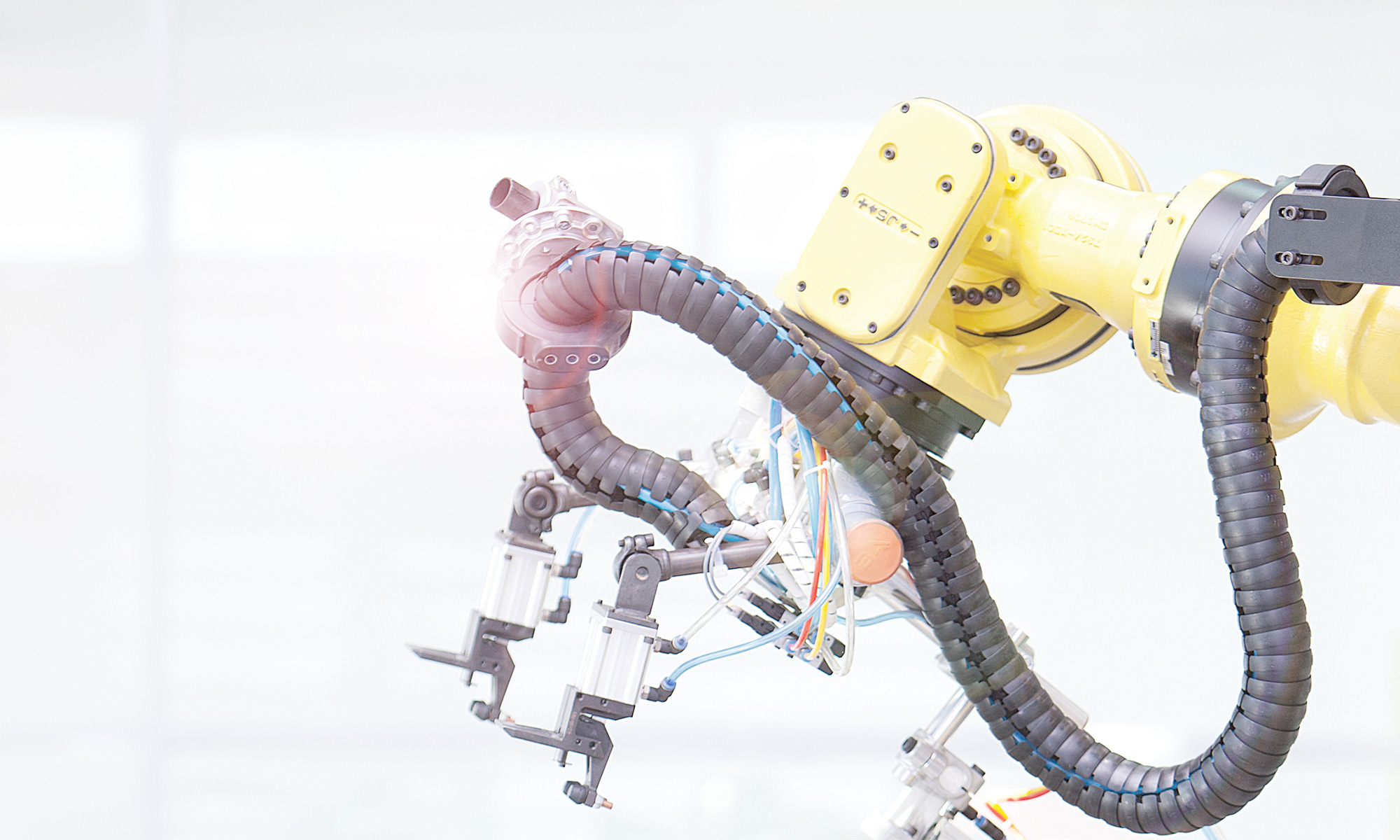In industrial manufacturing, successfully leveraging ultra-high frequency radio-frequency identification (UHF RFID) technology for asset tracking can significantly enhance operational efficiency and productivity. The ability to reliably track and manage valuable assets, such as press dies, casting molds, and other tooling, is crucial. However, the performance of UHF RFID systems is influenced not only by the technology itself but also by the industrial environment in which it operates. In this post, I explore the critical factors within industrial settings that affect UHF RFID functionality and provide strategies for overcoming these challenges.
Metal surfaces in manufacturing settings can severely disrupt UHF RFID signal integrity, leading to poor tag readability or possibly, even unintended tag reads. Metal can reflect, attenuate, or fully block RFID signals. To counteract these effects, focus on selecting the proper tags, choosing and mounting antennas, and setting up the system correctly with both software and hardware.
Tag selection and mounting
Proper tag selection and mounting are crucial for optimizing UHF RFID system performance. Tags should be chosen based on their compatibility with the materials they will be attached to, such as metal or plastic since different surfaces affect signal reception differently. Tags are designed for installation on metal or with a clearance zone and vary in size, which plays a critical role in the maximum readable distances. Strategic mounting of tags is essential to minimize direct interference, and they should be positioned and oriented to maximize exposure to reader antennas. Adhering to these general guidelines, along with any tag-specific guidelines ensures higher read rates and improved efficiency in asset tracking.
Adapting to environmental conditions
The rugged nature of industrial environments, including extreme temperatures, humidity, and chemical exposure, requires robust RFID solutions. Tags and antennas must be specifically selected for their durability and resistance to harsh conditions. In high-temperature environments, for example, specialized tags and housings can tolerate up to 220°C (428°F) but must cool down to lower temperatures before they can be read or written to effectively without damaging the tags.
Strategic placement of reader antennas and power settings
Proper placement of RFID reader antennas is vital to prevent physical obstructions from blocking or weakening signals. Optimal antenna placement, coupled with the use of multiple antennas at various orientations, significantly enhances the system’s ability to capture data, even in challenging industrial environments. Also, it’s crucial to consider power settings. Using power settings that are too high, for example, could lead to unintended tag reads, causing confusion in the tracking system.
Site surveys and feasibility studies
For newcomers to UHF RFID applications, it is advisable to consult with professionals. Initial site surveys can help determine the feasibility of an application. If viable, a subsequent feasibility study can determine the selection of antennas, processors, and tags. This study also establishes the overall topology, physical locations, distances, angles, and optimal power settings in the actual installation environment.
Implementing UHF RFID technology in industrial settings offers substantial benefits for asset management but requires careful consideration of environmental factors that could impede its performance. By understanding and mitigating issues related to metal surfaces, product selection, and harsh environmental conditions, manufacturers can fully leverage UHF RFID technology to streamline operations and enhance efficiency. RFID technology can become a cornerstone of modern manufacturing automation strategies through strategic system design and ongoing performance evaluations.































